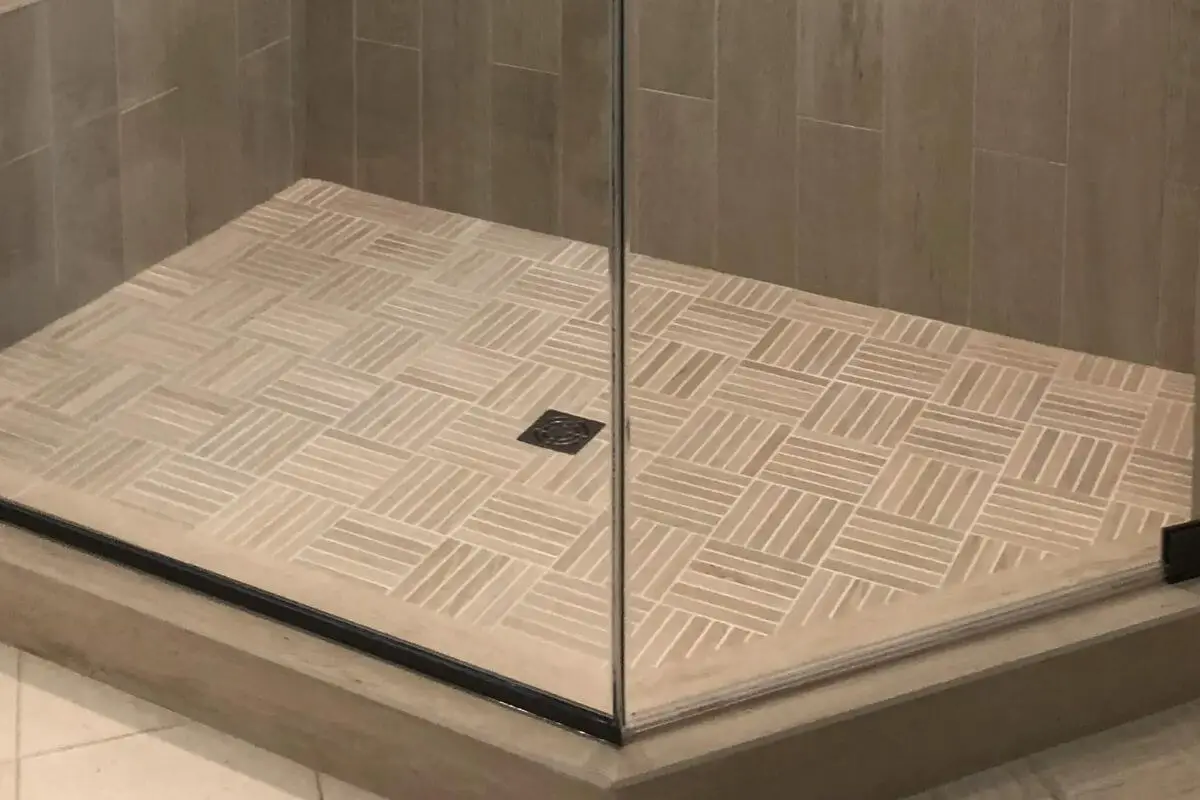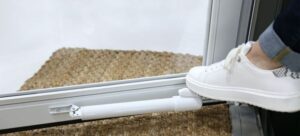Introduction
When it comes to designing your dream bathroom, there are numerous decisions to make. One of the key choices is selecting the ideal material for your shower floor. Two popular options that often leave homeowners in a dilemma are shower pans and tiles. In this article, we’ll explore the advantages and disadvantages of both options to help you make an informed decision for your bathroom renovation or construction project.
1. Understanding Shower Pans
What is a Shower Pan?
A shower pan, also known as a shower base or shower tray, is a pre-formed waterproof barrier that serves as the floor of a shower enclosure. It is typically made from materials like acrylic, fiberglass, or solid surface materials. The primary purpose of a shower pan is to contain the water and direct it to the drain.
Types of Shower Pans
There are various types of shower pans available in the market, including traditional mortar bed pans, prefabricated pans, and custom-made pans. Prefabricated pans come in standard sizes and shapes, while custom-made pans offer more flexibility in terms of design.
Pros and Cons of Shower Pans
Shower pans have several advantages, such as easy installation, leak prevention, and low maintenance. However, they may lack design options compared to tile showers, and some users find the surface texture less appealing.
2. Exploring Tile Showers
Introduction to Tile Showers
Tile showers provide a classic and elegant look to any bathroom. They are created by installing individual tiles directly onto the shower floor. Tiles come in a wide range of materials, such as ceramic, porcelain, natural stone, and glass.
Types of Tiles for Shower Floors
Different tiles offer varying degrees of slip resistance, durability, and aesthetics. For shower floors, it is essential to choose tiles with a textured surface to prevent slipping.
Pros and Cons of Tile Showers
Tile showers offer versatility in design, extensive style options, and excellent water drainage. However, they can be more expensive to install, require regular maintenance to prevent grout issues, and may not be as waterproof as shower pans.
3. Comparing Shower Pans and Tile Showers
Durability and Longevity
Both shower pans and tiles can be durable and long-lasting if properly installed and maintained. However, high-quality shower pans often have an edge in longevity due to their seamless construction.
Installation Complexity
Shower pan installation is generally simpler and quicker compared to tiling a shower floor, which can be a time-consuming process. Tiling requires precise measurements and attention to detail.
Aesthetics and Design Options
Tile showers offer endless design possibilities. You can create intricate patterns and choose from a wide array of colors and styles. Shower pans, on the other hand, might have limited design options.
Cleaning and Maintenance
Shower pans are easier to clean and maintain, as they have fewer seams and grout lines. Tiles, especially in busy bathrooms, may require more frequent cleaning and re-grouting.
Cost Considerations
In terms of upfront costs, shower pans tend to be more budget-friendly compared to tile showers. However, over time, tile showers may require more maintenance, which could incur additional costs.
4. Deciding Factors for Your Bathroom
Bathroom Size and Layout
For smaller bathrooms, a shower pan can provide a seamless and space-saving solution. Tile showers work well in larger bathrooms, offering a luxurious and visually appealing experience.

Style and Design Preferences
If you prioritize design and customization, tile showers are the way to go. On the other hand, if you prefer a practical and straightforward option, shower pans are a suitable choice.
Budgetary Constraints
Consider your budget carefully. If you have financial limitations, a well-designed shower pan can be an elegant and cost-effective choice.
Timeframe for the Project
If you have a tight schedule or a need for a quick renovation, a pre-fabricated shower pan can significantly reduce installation time.
5. The Verdict: Shower Pan or Tile?
After considering all factors, the decision comes down to personal preferences, budget, and the specific needs of your bathroom. Both shower pans and tile showers can offer functional and aesthetically pleasing solutions.
- Choose a Shower Pan: If you prioritize easy maintenance, quick installation, and a budget-friendly option.
- Opt for Tile Showers: If you desire a wide range of design possibilities, are willing to invest in higher upfront costs, and are committed to regular maintenance.
6. Conclusion
When it comes to shower pan vs. tile, there’s no one-size-fits-all answer. Each option has its advantages and disadvantages, and the best choice depends on your individual needs and preferences. Consider the size of your bathroom, your budget, and the desired level of customization to make the right decision for your bathroom renovation.
FAQs
Is a tile shower more expensive than a shower pan?
Generally, tile showers have higher upfront costs due to materials and installation, but they offer more design options and may increase your home’s value.
Can I install a shower pan or tile myself, or do I need professional help?
While some DIY enthusiasts may be able to install shower pans or tiles, it’s generally recommended to seek professional help to ensure proper waterproofing and drainage.
What is the average lifespan of a shower pan?
With regular maintenance, a well-installed shower pan can last for 10-15 years or more.
Are there any eco-friendly options for shower pans or tiles?
Yes, some manufacturers offer eco-friendly materials for both shower pans and tiles, such as recycled materials and low VOC content.
Can I mix and match shower pans and tiles in my bathroom?
Yes, you can create a unique and appealing look by combining shower pans and tiles in your bathroom design.



